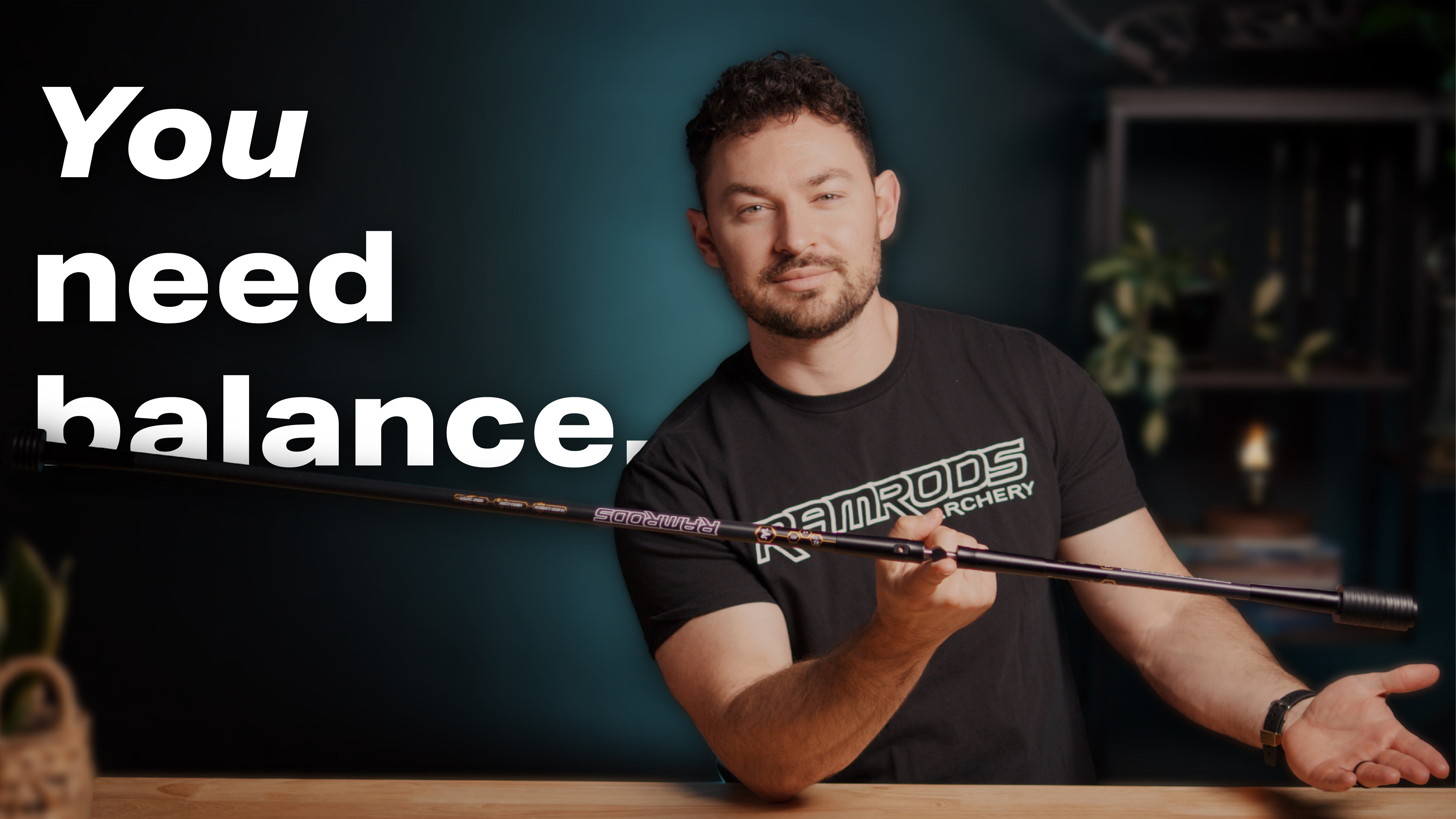Step by Step Guide to balancing your stabilizers
If you haven't balanced your stabilizers, it could costing you points! The good news is that you can put aside a few shooting sessions and get everything sorted out.
Whether you need to add or remove a few ounces of weight or widen your V-Bars, we will take you through a step-by-step process to get you to a solid set up.
Balance is everything, in life and in archery.
Find your aiming pattern
Before we get started with making changes to your bow, we first need to figure out your aiming pattern. Grab a target and fold it into quarters. On the backside where it's blank, take a marker and trace out the folded lines. These four quadrants are going to help you with identifying where your sight pin is going.
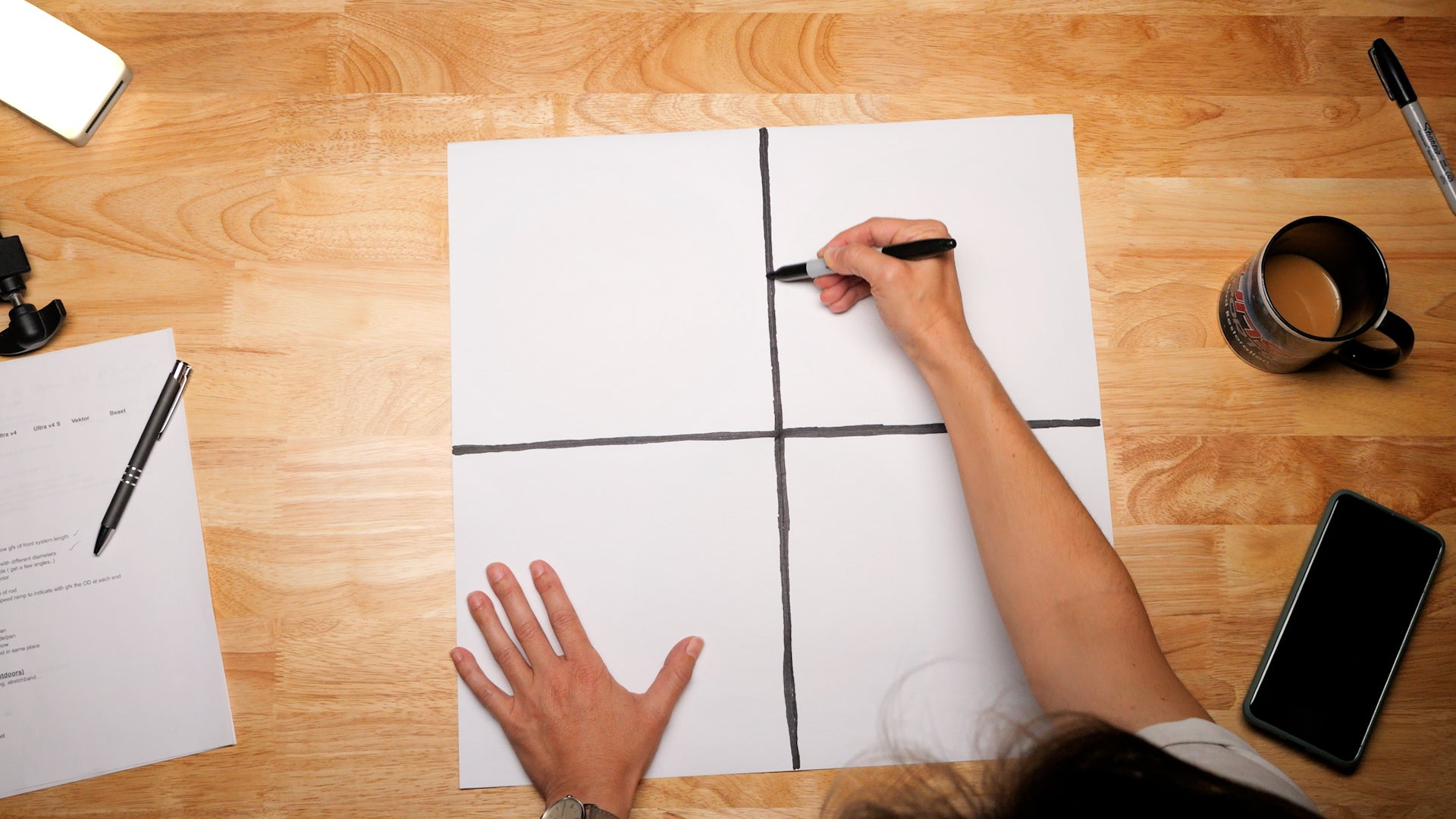
Next, put your target up at a comfortable distance-- somewhere between 18 and 70 meters. We recommend putting your target up at a distance that you're going to compete at for a one-to-one comparison.
Now that your target is up, you can start going through your shot process while aiming at the center of the cross. Shoot around 10 arrows or until you start to notice a pattern. What you want to be on the lookout for is what your sight pin is doing. Are there tendencies in the direction that it moves? For example, it may move consistently down and then back up to the center, over and over again. It may drift down and to the right and then back to the center, or it may have a jittery movement where it wants to come out the top and then back in. Keep shooting until you can identify your pattern. We always want to address vertical movement first and horizontal movement second: this is because not only is vertical movement the most common issue, but it's also going to yield you the most benefit when we correct it.
SIGHT PIN Dropping Low
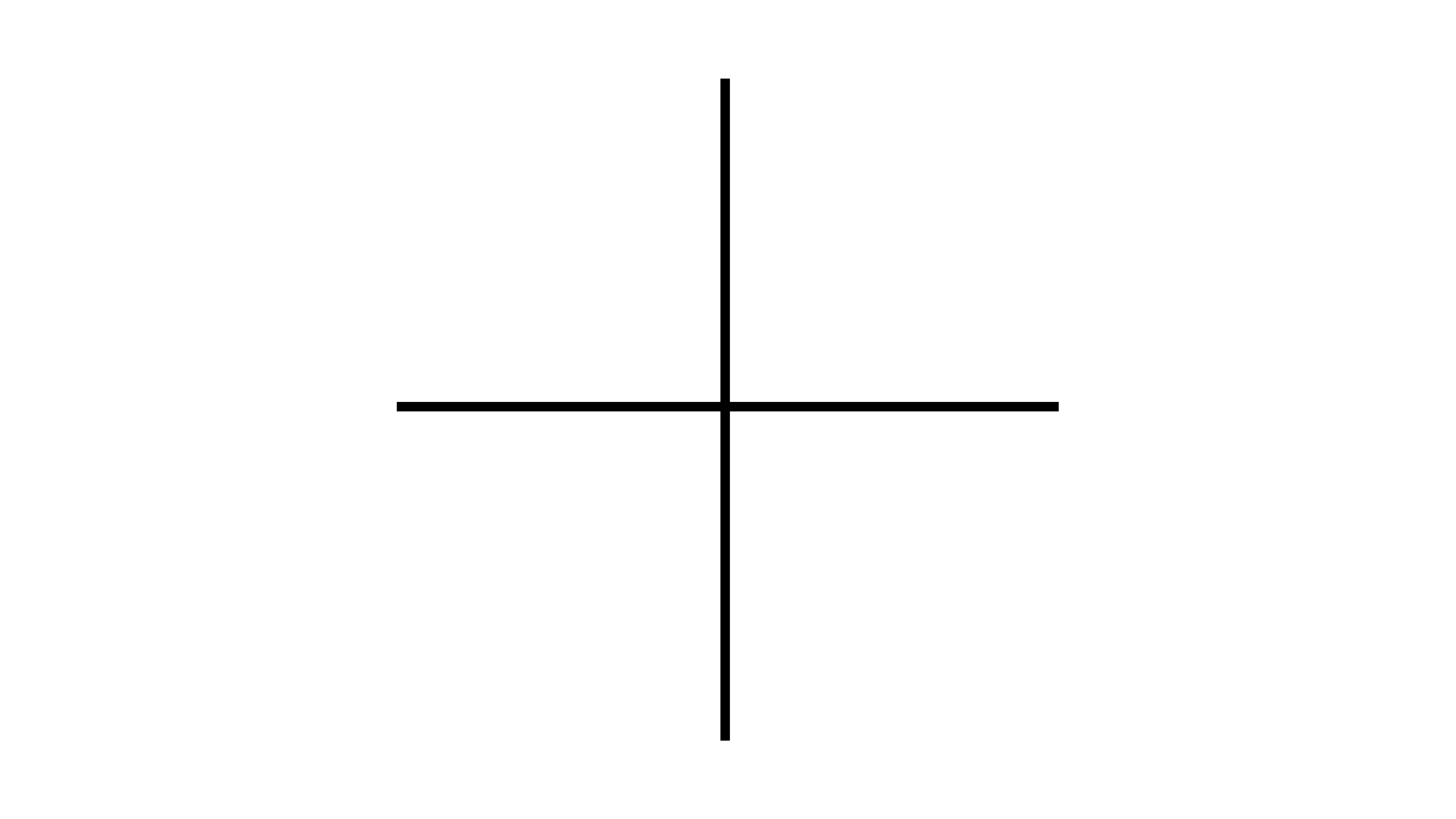
If you notice that your sight pin tends to drop, there are a few things you can do.
Option 1: Lower your bow's mass weight
Remove an equal amount of weight from all of your stabilizers. For example, you can remove one ounce from the long rod and one ounce from each of your side rods, lightening your total system by three ounces in total.
Option 2: Shift the center of gravity back towards your body
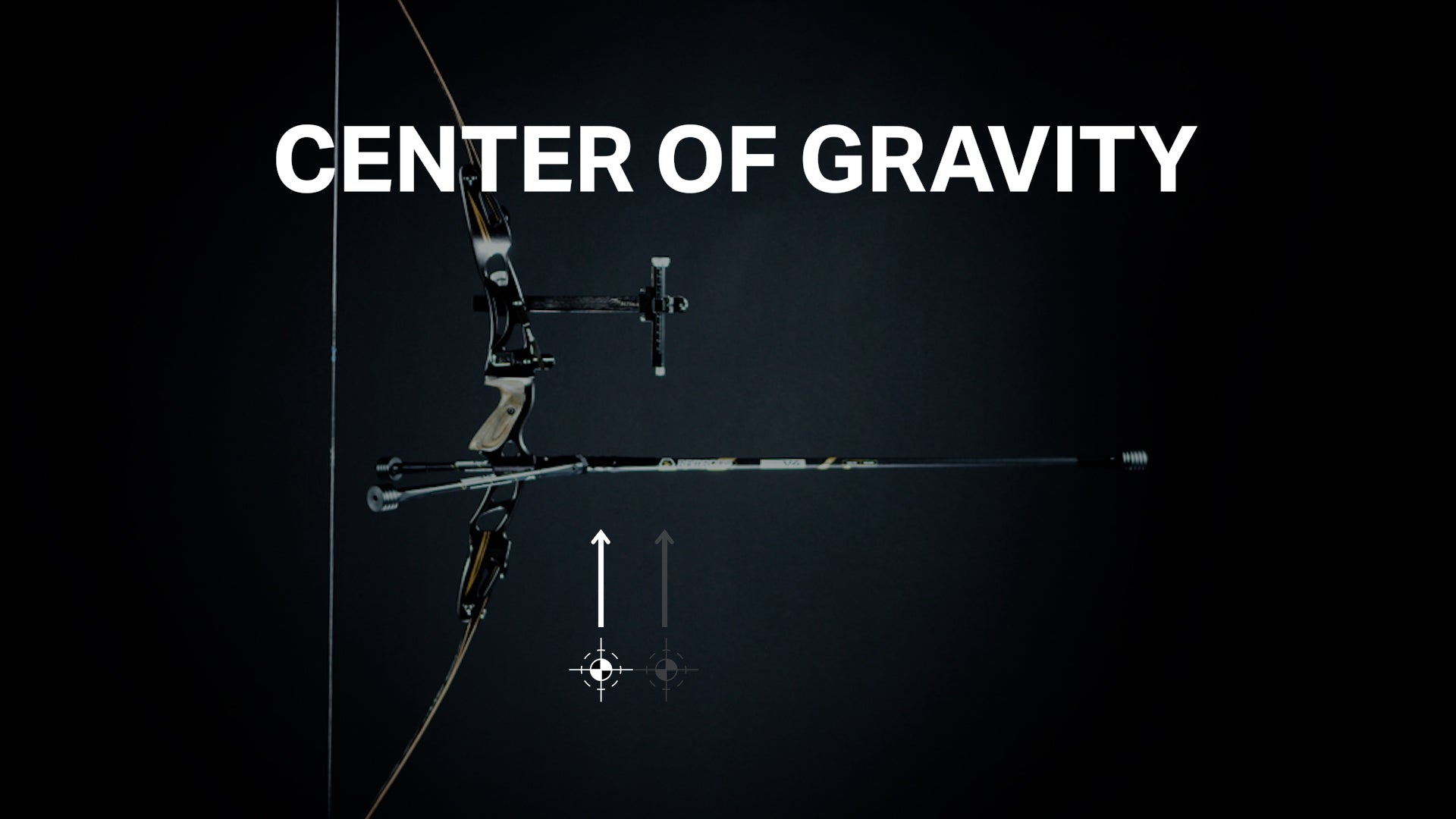
You can achieve this in a few ways. You can remove weight from your front rod, add weight to your side rods, narrow the angle of your V-Bars to bring the side rods closer to the riser, or shorten or remove your extension. As a last resort, you can try switching to a shorter front rod or longer side rods.
All these options are moving the mass weight from the far end of the stabilizer system back towards you and will counteract the tendency for your site to drop downwards.
SIGHT PIN PULLING UP
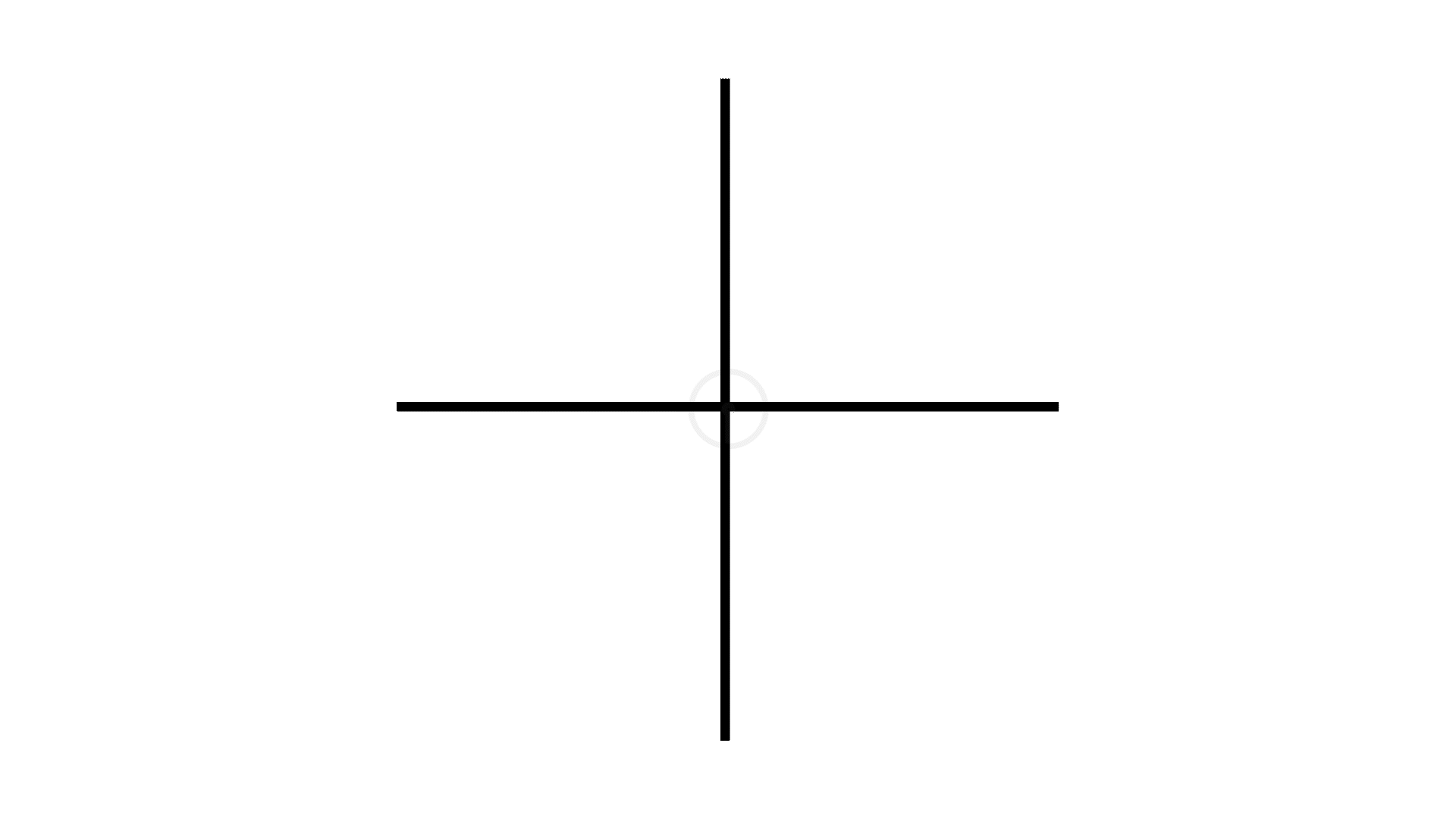
Having a sight pin that floats above the gold and upwards is slightly less common, but there are solutions for this problem as well.
Option 1: Increase your bow's total mass weight.
You can add an equal amount of weight to all of your stabilizers. This will maintain the overall balance and keep a consistent front to back ratio.
Option 2: Shift the center of gravity towards the target
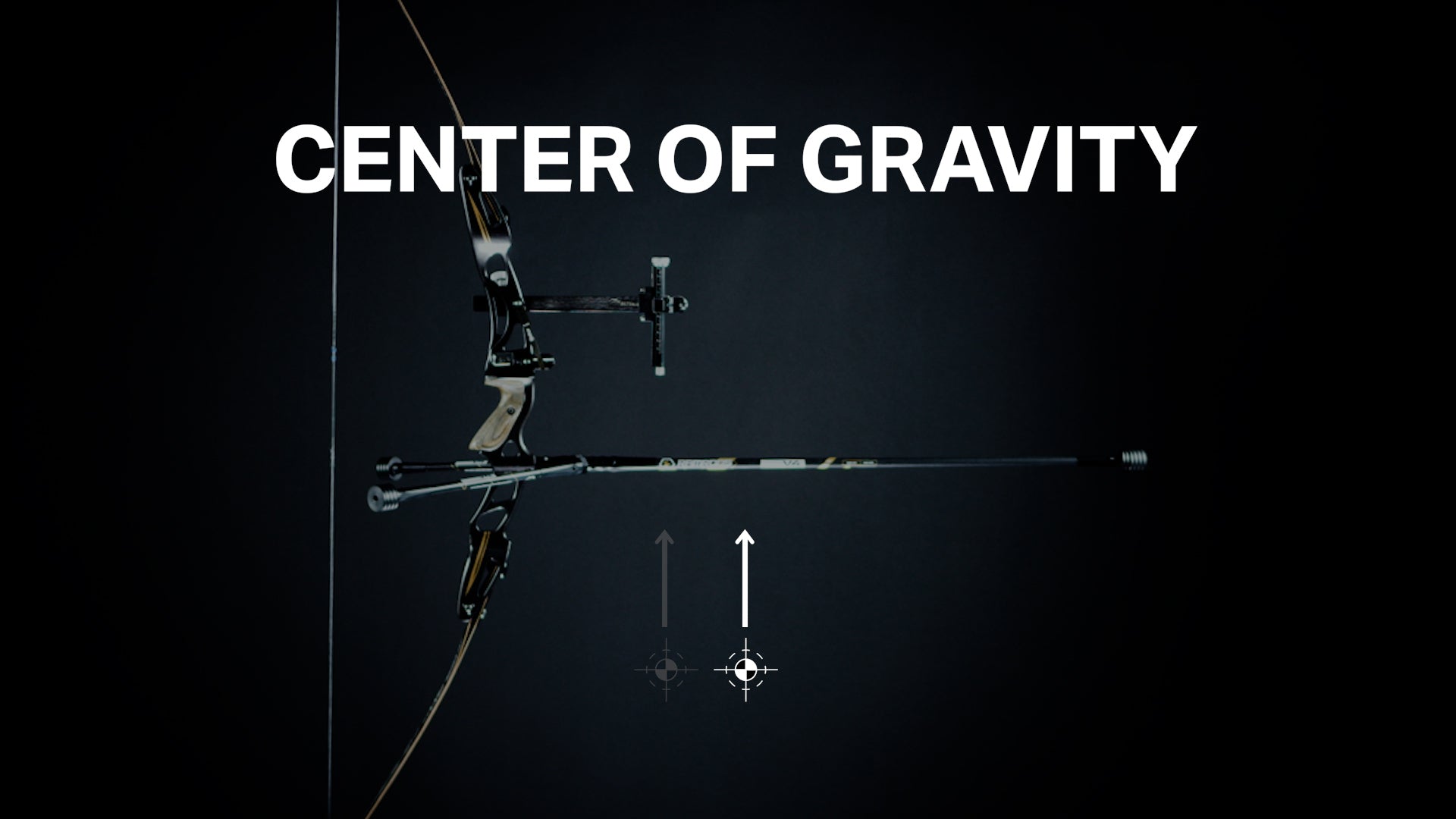
To do this, you can add weight to your front rod, remove weight from your side rods, widen the angle of your V-Bars to bring the side rods away from the riser, or add or increase the length of your extension. As a last resort, you can switch to a longer front rod or shorter side rods.
Each of these solutions are pushing the mass weight forward towards the target and counteracting the tendency for the site pin to jump up.
Lateral movement
Typically, lateral movement from your sight pin will stem from form issues, but that doesn't mean there aren't a few solutions.
Sight pin moving to the right
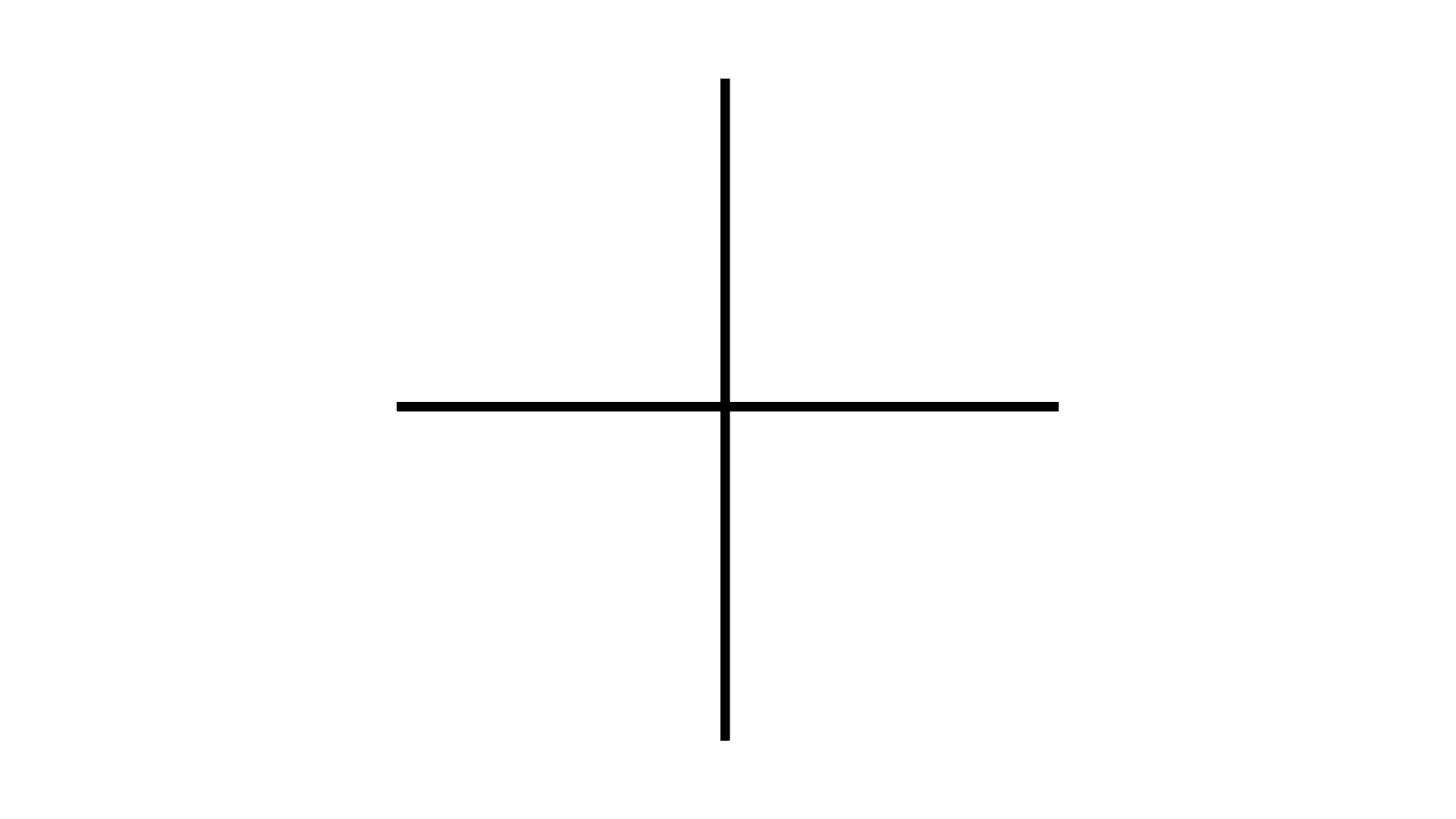
If your sight pin has the tendency to shift towards the right, you can add weight to the left side rod, remove weight from the right side rod, or move one or both side rods towards the left.
Sight pin moving to the left
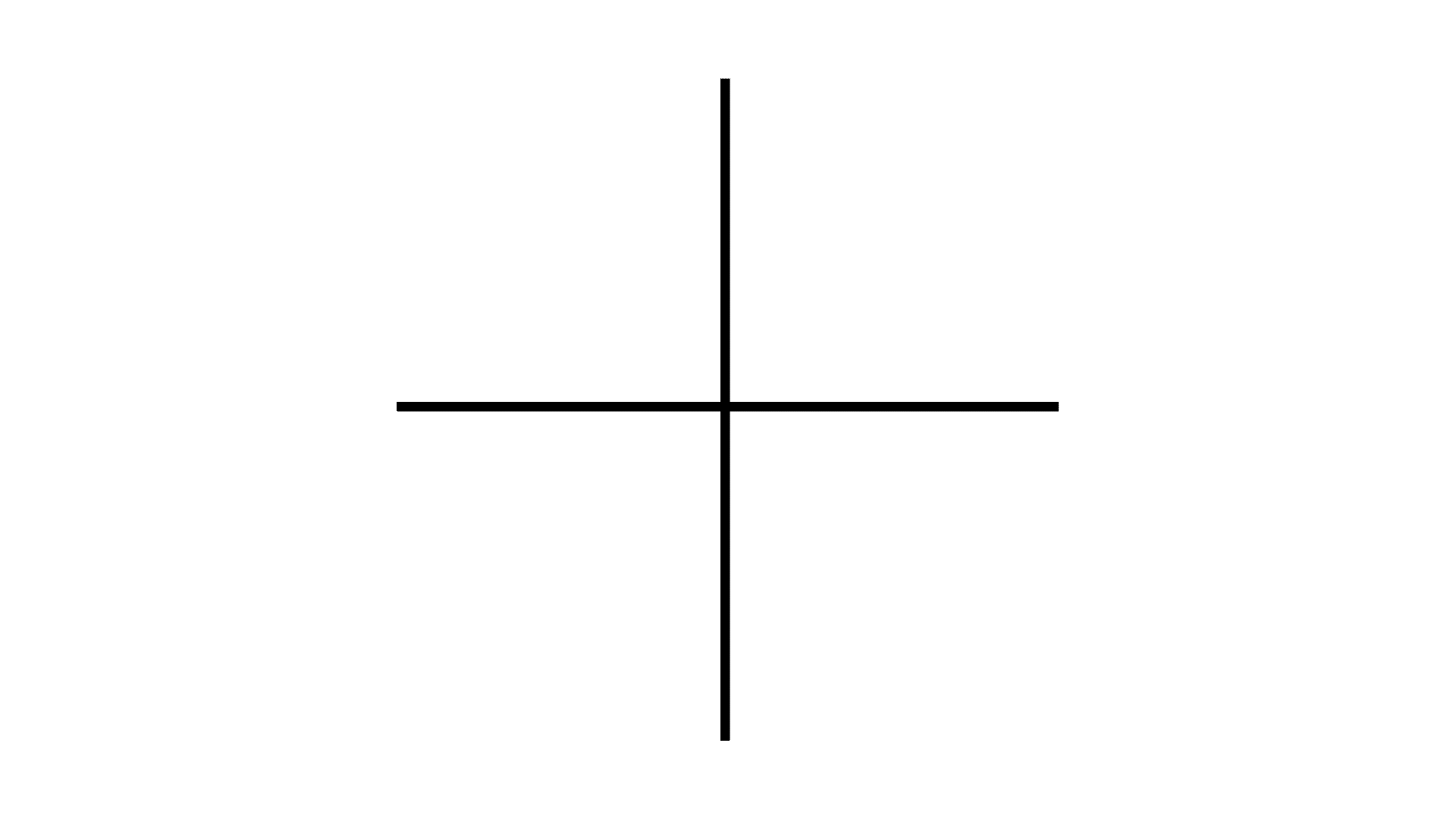
If your sight pin has the tendency to shift towards the left, you can do the opposite. Add weight to the right side rod, remove weight from the left side rod, or move one or both side rods towards the right.
REMINDERS
Remember to re-check your aiming pattern after each change you make to your stabilizer balance.
Be patient and go about this process methodically - It can be helpful to take notes so you remember what changes you made and where you started in case you want to revert to a previous set up.
Enjoy the process and know that you are becoming a better archer by increasing your sensitivity to feedback from your bow.

